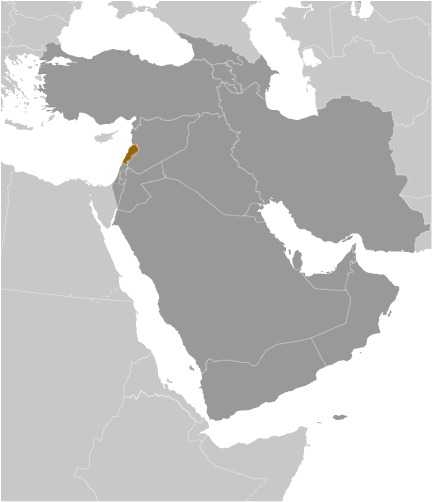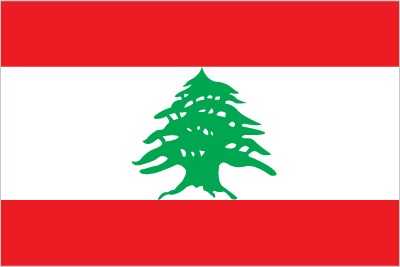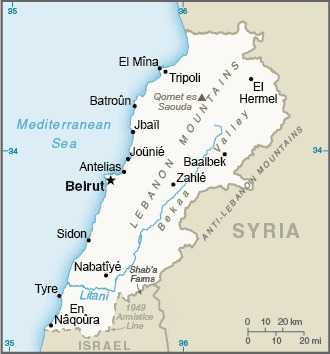Introduction
Background
After World War I, France acquired a mandate over the northern portion of the former Ottoman Empire province of Syria. From it the French demarcated the region of Lebanon in 1920 and granted this area independence in 1943. Lebanon's borders with Syria and Israel remain unresolved.
Geography
Area
total : 10,400 sq km
land: 10,230 sq km
water: 170 sq km
Climate
Mediterranean; mild to cool, wet winters with hot, dry summers; the Lebanon Mountains experience heavy winter snows
Natural resources
limestone, iron ore, salt, water-surplus state in a water-deficit region, arable land
People and Society
Population
total: 5,364,482
Ethnic groups
Arab 95%, Armenian 4%, other 1%
Languages
Arabic (official), French, English, Armenian
Religions
Muslim 67.8% (31.9% Sunni, 31.2% Shia, smaller percentages of Alawites and Ismailis), Christian 32.4% (Maronite Catholics are the largest Christian group), Druze 4.5%, very small numbers of Jews, Baha'is, Buddhists, and Hindus (2020 est.)
Population growth rate
0.61% (2024 est.)
Government
Government type
parliamentary democratic republic
Capital
name: Beirut
Executive branch
chief of state: president (vacant)
head of government: Caretaker Prime Minister Najib MIQATI (since 20 September 2021)
Legislative branch
summary: unicameral Chamber of Deputies (128 seats)
Diplomatic representation in the US
chief of mission: Ambassador (vacant); Chargé d'Affaires Waël HACHEM, Counselor (since 15 March 2021)
Diplomatic representation from the US
chief of mission: Ambassador-designate Lisa A. JOHNSON (since 11 January 2024)
Economy
Economic overview
upper middle-income Middle Eastern economy; economic activity hurt by economic depression, COVID-19, and port explosion; hyperinflation and sharp poverty increases; banks have ceased lending; new financing facility helping with recovery
Real GDP (purchasing power parity)
$65.818 billion (2023 est.)
$65.917 billion (2022 est.)
$66.329 billion (2021 est.)
Real GDP per capita
$12,300 (2023 est.)
$12,000 (2022 est.)
$11,900 (2021 est.)
Exports
$11.77 billion (2023 est.)
$12.445 billion (2022 est.)
$9.684 billion (2021 est.)
Exports - partners
UAE 22%, Syria 8%, Egypt 5%, US 5%, Turkey 4% (2022)
Exports - commodities
diamonds, plastics, jewelry, gold, scrap iron (2022)
Imports
$23.313 billion (2023 est.)
$24.536 billion (2022 est.)
$17.667 billion (2021 est.)
Imports - partners
China 14%, Turkey 13%, Greece 9%, UAE 7%, Italy 5% (2022)
Imports - commodities
refined petroleum, cars, gold, broadcasting equipment, diamonds (2022)
Page last updated: Tuesday, September 17, 2024




